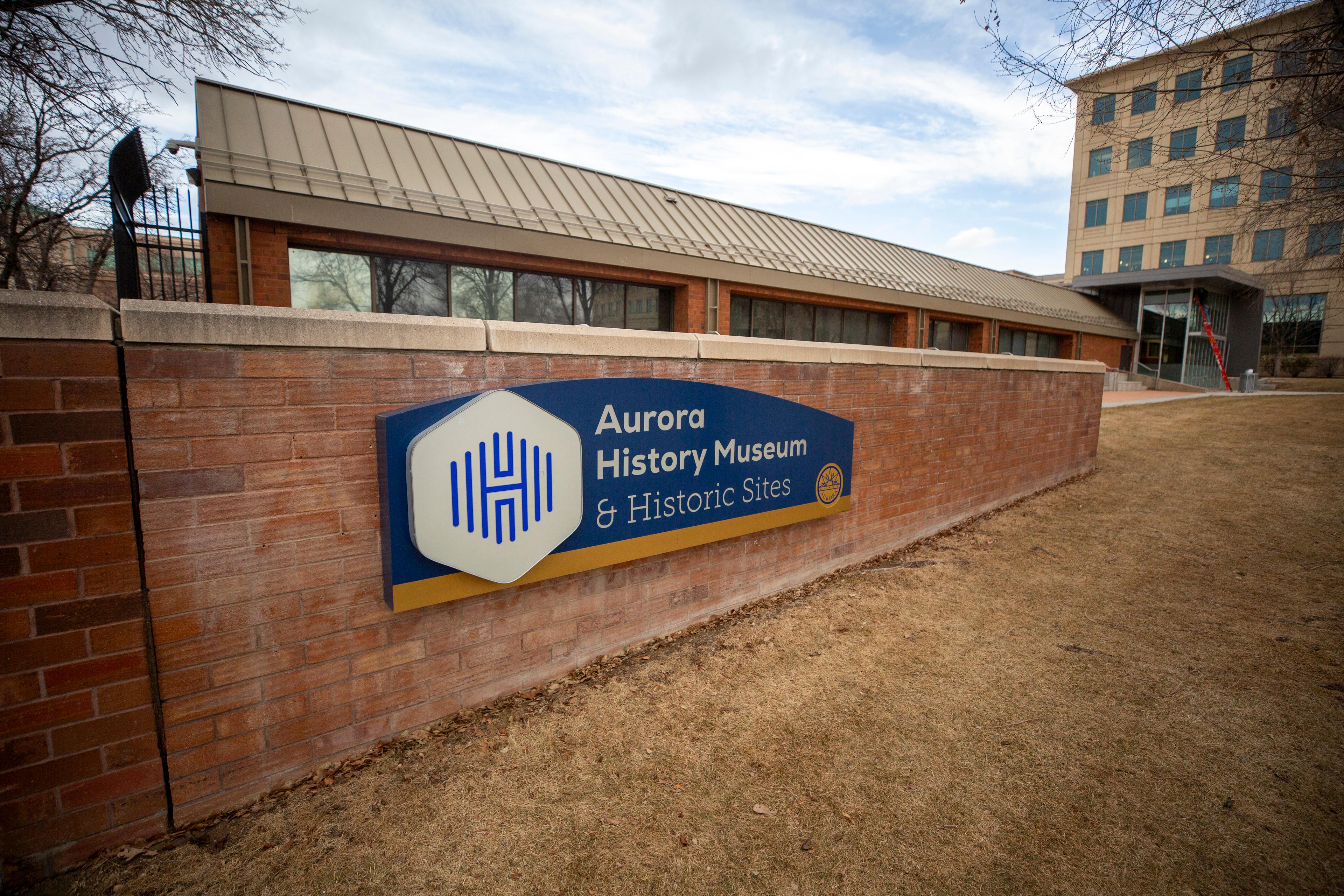
The Aug. 5 blowout at the Gold King Mine created memorable images of orange water that flowed from Colorado’s Animas River into the San Juan River in New Mexico and Utah. Clean-up has cost taxpayers $14.5 million and counting. But some say spills like this aren’t the main concern.
"Blowout scenarios -- they are impressive, they get a lot of attention, they are probably not the biggest issue," said Peter Butler, co-chair of the Animas River Stakeholders Group. "The biggest issue is more the continuous metal loading that comes from the mining sites."
Take the site of the Gold King Mine spill. Construction crews have now finished a $1.5 million temporary wastewater treatment plant for the Gold King Mine. EPA on-scene coordinator Steven Way explains that 500 to 600 gallons of orange water has continued to gush out of the mine since last August.

But that facility is only handling water from the Gold King Mine. It’s not treating water from two additional old mines and an underground tunnel that are draining another 500 gallons of wastewater every minute.
"The question becomes what can you do with those different sources, and can you affect enough of a change with those known sources that you can control, or not?" said Way during a recent tour of the plant, and the nearby mines.
Experts say the slow discharge of tainted waste is gradually polluting waterways. Across the West, a 2011 GAO report estimates about 33,000 abandoned hardrock mines are causing environmental problems. Colorado has identified 230 abandoned mines draining waste into waterways. Money is one hurdle. Legal accountability is another.
Liability Blamed For Deterring Cleanup
Right now a primary deterrent to voluntary cleanup efforts involve the ongoing liability that groups would have if they attempt clean up under the Clean Water Act.
The Colorado-based Keystone Policy Center has worked on ways to solve this problem. Policy Director Doug Young says one solution could come from Good Samaritan legislation, which seeks to amend the Clean Water Act to allow environmental groups and local governments to be involved with more clean-up efforts.
"Because we really don’t have the resources federally, privately, to do it," said Young. "I don’t know where else we’re going to find the resources to address the problem."
Young said it's impossible to predict whether Good Samaritan legislation would have prevented the Gold King Mine spill. Butler, with the Animas River Stakeholders Group, said that the Gold King Mine is too complex an issue to be address through Good Samaritan work.
But the Gold King spill has shifted the focus onto abandoned mines and Good Samaritan Legislation. Some in Congress -- including Democratic and Republican Senators Cory Gardner and Michael Bennet -- have said they’ll sponsor a bill this session. Intense debate of the topic is expected during an Oct. 21 hearing.
But the fact remains that lawmakers have tried and failed over the past two decades to pass a bill. Former Democratic Sen. Mark Udall unsuccessfully sponsored bills on the topic multiple times.
Those skeptical of the idea include California Democratic Sen. Barbara Boxer, former chairman of the Senate's Environment and Public Works Committee. She raised concerns about potential legislation at a September hearing on the Gold King Mine spill.
"These so-called Good Samaritan waivers unless they are very carefully crafted are not the solution," she said.
Boxer and others are concerned that companies won’t be held fully responsible for clean up. Other environmental groups prefer charging hard rock mining companies a federal reclamation fee — similar to what coal mining companies pay.
In the meantime, the clean-up pace of abandoned mines across Colorado continues to be slow. Over the past six years, the state has spent $2 million annually, averaging about three or four mine clean ups per year.









